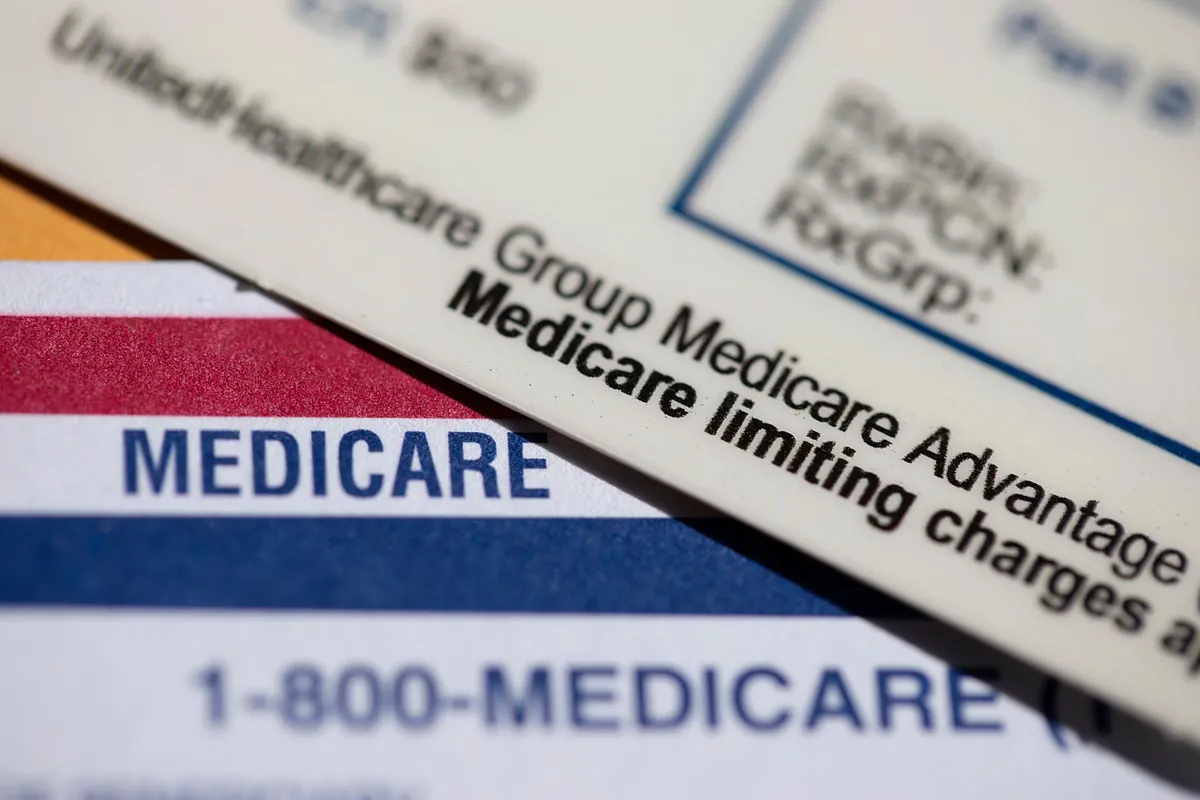

Texans on Medicare have more ways to save on healthcare costs in 2025, thanks to updated eligibility rules for the Medicare Savings Programs (MSPs). These changes, now in full effect statewide, are helping low- and moderate-income individuals cover critical expenses like premiums, deductibles, and coinsurance.
Managing healthcare costs is a constant challenge for many seniors and people with disabilities. That’s where the MSPs, managed by Texas Health and Human Services (HHSC), come in. Each program is designed to support different financial situations, making it easier for eligible Texans to access the care they need without breaking the bank.
The four programs: What you need to know
The Qualified Medicare Beneficiary (QMB) program offers the most extensive benefits. It covers premiums for Medicare Parts A, B, and B-ID, as well as deductibles and coinsurance. To qualify, individuals must have a monthly income at or below $1,255, with resources not exceeding $9,660. As the Texas Tribune points out, QMB often makes the difference between maintaining health coverage and facing serious financial strain.
For those earning slightly more, the Specified Low-Income Medicare Beneficiaries (SLMB) program is a solid option. SLMB covers Medicare Part B or B-ID premiums but doesn’t extend to deductibles or coinsurance. Eligible individuals must have incomes between $1,255.01 and $1,505.99 per month.
Another option is the Qualifying Individuals (QI-1) program, which helps cover Part B or B-ID premiums for individuals making up to $1,694.99 monthly. Since QI-1 funding is limited each year, early enrollment is key – a reality highlighted by recent Kaiser Family Foundation reports.
Looking for coverage while working? QDWI may be the answer
The Qualified Disabled and Working Individuals (QDWI) program supports Texans under 65 who have returned to work and lost their free Part A coverage. If monthly income stays under $2,510 and resources are below $4,000, QDWI can help pay for Part A premiums. Like SLMB and QI-1, it does not include additional Medicaid benefits.
Each program also allows for exclusions on certain resources, like your primary residence and car, making it a bit easier to qualify than it might seem at first glance.
With healthcare costs continuing to rise, taking advantage of these programs could make a real difference in 2025. Texans interested in applying can head to YourTexasBenefits.com or call 2-1-1 to get started.
This news was originally published on this post .










Be the first to leave a comment